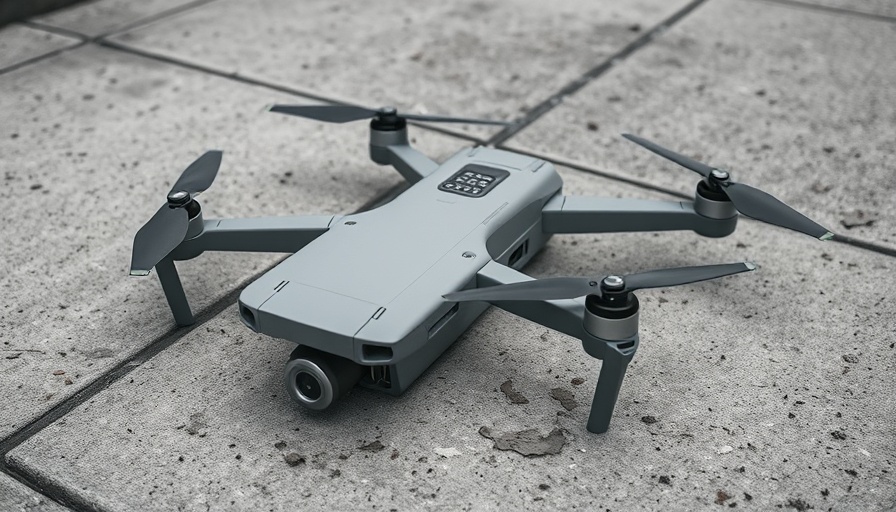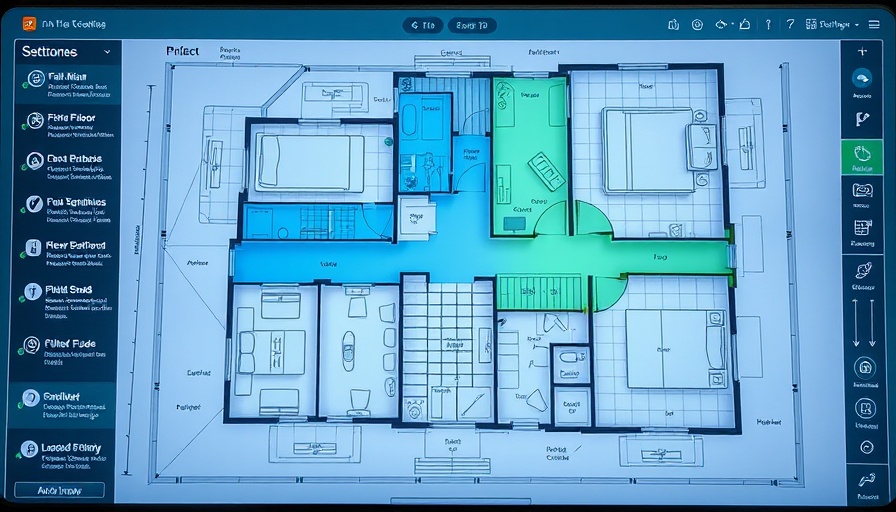
The Future of BVLOS Flights: A New Proposal by FAA
The Federal Aviation Administration (FAA) is at a crossroads with its proposed rules surrounding drone operations beyond visual line of sight (BVLOS). As drone technology rapidly advances, the need for regulatory frameworks that accommodate both safety and innovation becomes increasingly evident. In a video titled The FAA Forgot About You in Part 108 — Speak Up by Oct 6!, key industry stakeholders express concern over the current proposal that appears to neglect experienced operators already flying BVLOS safely.
In The FAA Forgot About You in Part 108 — Speak Up by Oct 6!, the discussion dives into the challenges posed by the FAA's proposal for BVLOS operations, exploring key insights that sparked deeper analysis on our end.
What Are the Main Concerns?
Currently, the FAA’s proposal is quite extensive—spanning 650 pages—and focuses predominantly on fully autonomous drone operations. Critics argue that this focus excludes many operators who have been adhering to BVLOS guidelines under the existing Part 107 for years. The new rules could potentially create barriers for operators who are accustomed to the established waivers allowing BVLOS operations. This disconnect raises critical questions about inclusivity in regulatory changes.
Coalition of Support
In response to these concerns, a coalition of industry groups—including the Pilot Institute and the Drone Service Provider Alliance—has assembled a counter-proposal aimed at including current operators in the BVLOS framework. Their suggestion emphasizes the significance of having a human pilot in command during operations and proposes pathways for low-risk, non-autonomous BVLOS flights. Introducing a new rating under Part 107 could ensure that existing drone operators continue to participate in this evolving aerial landscape.
Why Is This Important? The Value of Human Oversight
The concept of maintaining a pilot's presence, referred to as “human in the loop,” is crucial for ensuring safety in non-autonomous flights. This model has worked successfully for other aviation operations, like flying at night or over people—both of which began with waivers before becoming standardized regulations. The argument stands that implementing BVLOS under a similar scheme can enhance safety without sacrificing innovation. Industry advocates believe this comprehensive approach balances regulatory needs with operational feasibility.
Implications for Drone Operators
The implications of these proposed rules extend well beyond the regulatory arena; they directly affect the livelihoods and operations of drone users across various sectors, including agriculture, cinematography, and small businesses. The aim is to democratize BVLOS operations and enable widespread participation without excessive bureaucracy or operational hurdles.
Time to Act: Deadline Approaching
As the deadline for public comments approaches on October 6, drone operators are urged to participate actively in this legislative discourse. Dismissing these proposed changes could mean losing valuable opportunities to shape the future landscape of drone regulations. Industry stakeholders encourage everyone to draft their comments thoughtfully, including those that agree, provide solutions to concerns, and share personal experiences that highlight the need for a more inclusive regulation process.
In a world where technological advancements are happening at lightning speed, it’s vital that aviation regulations evolve in tandem—ensuring safety while fostering innovation. The call to action is clear: your voice matters.
 Add Row
Add Row  Add
Add 




Write A Comment